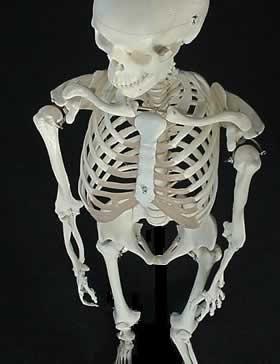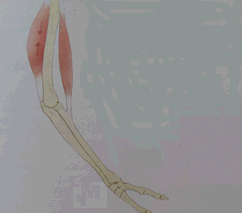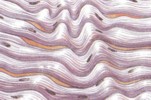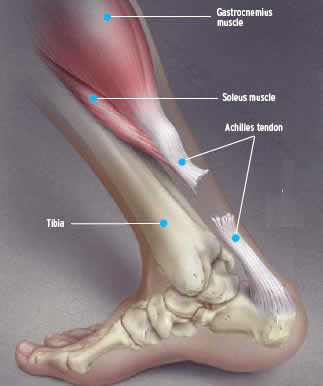Sports Science
Muscle and bone
The human body is built around a sturdy frame called the skeleton. The skeleton provides protection for vital organs, support and stability in movement. Muscles are attached to the skeleton and generate movement. Many levers exist within the skeletal structure.
Nature has designed the human body for movement rather than maximizing force.



At the point where a tendon attaches to the bone the tendon fibres pass through the surface of the bone and fuse with the substance of the bone
.
Tendons, as well as ligaments, are poorly supplied with blood vessels relative to other parts of the body. This makes healing difficult and long term. The Achille's tendon, shown on the right, forms a strong connection between muscle and bone. This tendon transmits a great dal of force and in doing so is prone to tearing and rupturing.
Like most material, when cold tendons are inflexible and easy to tear. Warm-up exercises are crucial in keeping the inelastic tendons flexible and less prone to tearing.
